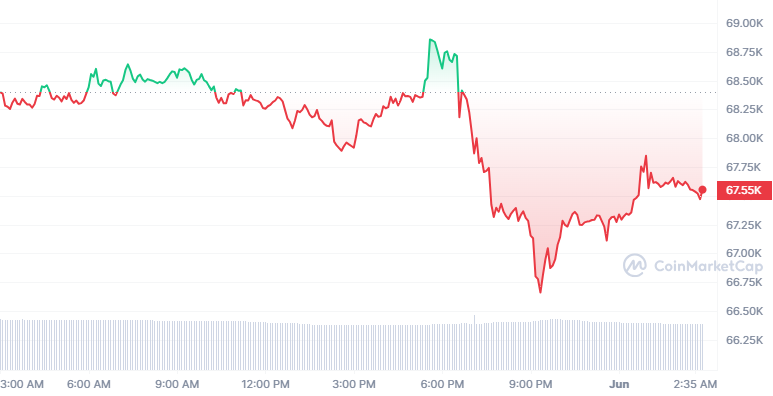Investors have found great interest in the most current assessment of notable trader Peter Brandt. Famous for his research on the bitcoin market, Brandt suggests a probable shift in asset preferences of investors by projecting a clear increase in Bitcoin’s value in respect to gold.
Brandt’s forecast offers an unusual situation whereby BTC can far outperform gold. About 22 ounces of gold equal one Bitcoin in the next 12 to 18 months, hence the ratio of gold ounces required to acquire one Bitcoin may explode to 100, a staggering 340% increase from present levels.
Using thorough chart analysis, Brandt supports his estimate by showing how consistently BTC performs above gold since its launch.

This optimistic view of BTC stresses both its changing role as a “digital gold” and its profitability as an investment. Since BTC offers maybe better returns than traditional safe-haven investments, its importance in the investment scene is enhanced when it gains ground against gold.
Bitcoin-Gold Correlation
Brandt’s forecast fits the growing curiosity in the relationship between BTC and gold. Kaiko’s analysts have lately investigated this link and noted changes in their price movements.
Over time, the correlation metric—a statistical gauge of how closely the prices of two assets move relative to one another—has showed varied tendencies between BTC and gold.
A high correlation shows that the assets move in unison; a negative correlation indicates opposite movements. Recent figures show that the connection between Bitcoin-gold reflects the complex dynamics between conventional and digital assets and shows both positive and negative phases.
Bitcoin and gold presently have a positive but weak link since their metric value is less than 0.2, indicating a lack of major synchronizing.
Investors looking for diversity depend on this comprehensive understanding of how Bitcoin interacts with gold. Low correlation assets help risk management and portfolio diversification.
The changing relationship between BTC and gold implies that, despite their particular safe-haven qualities, they present different benefits and drawbacks as choices for investments.







